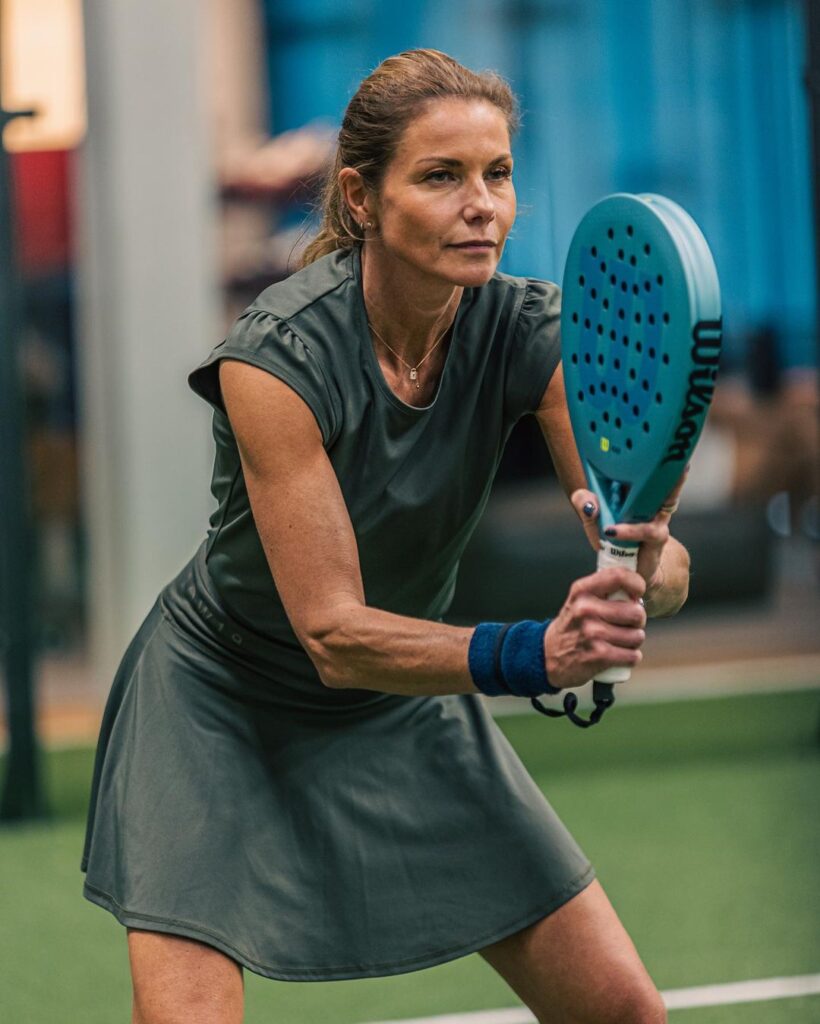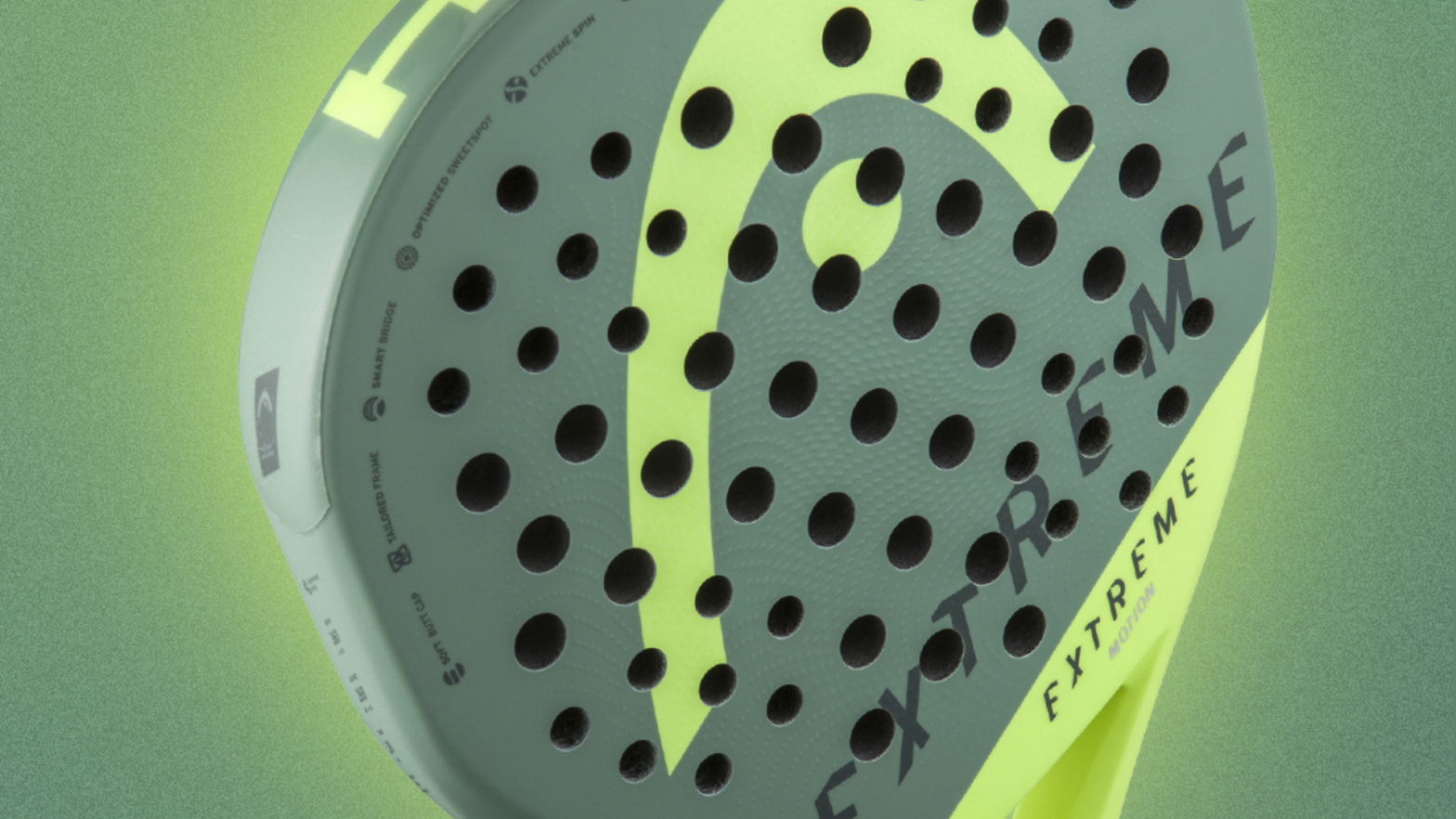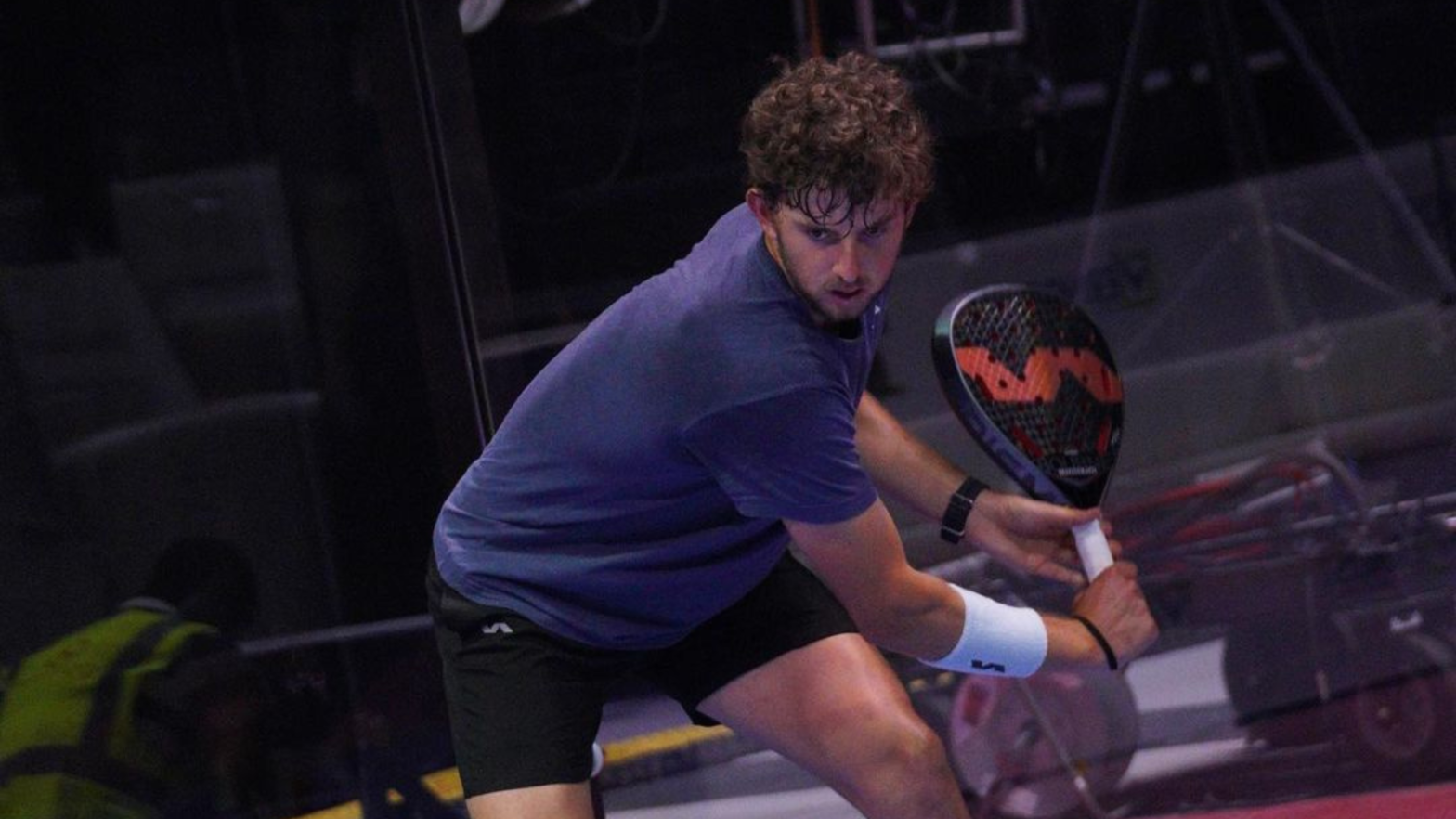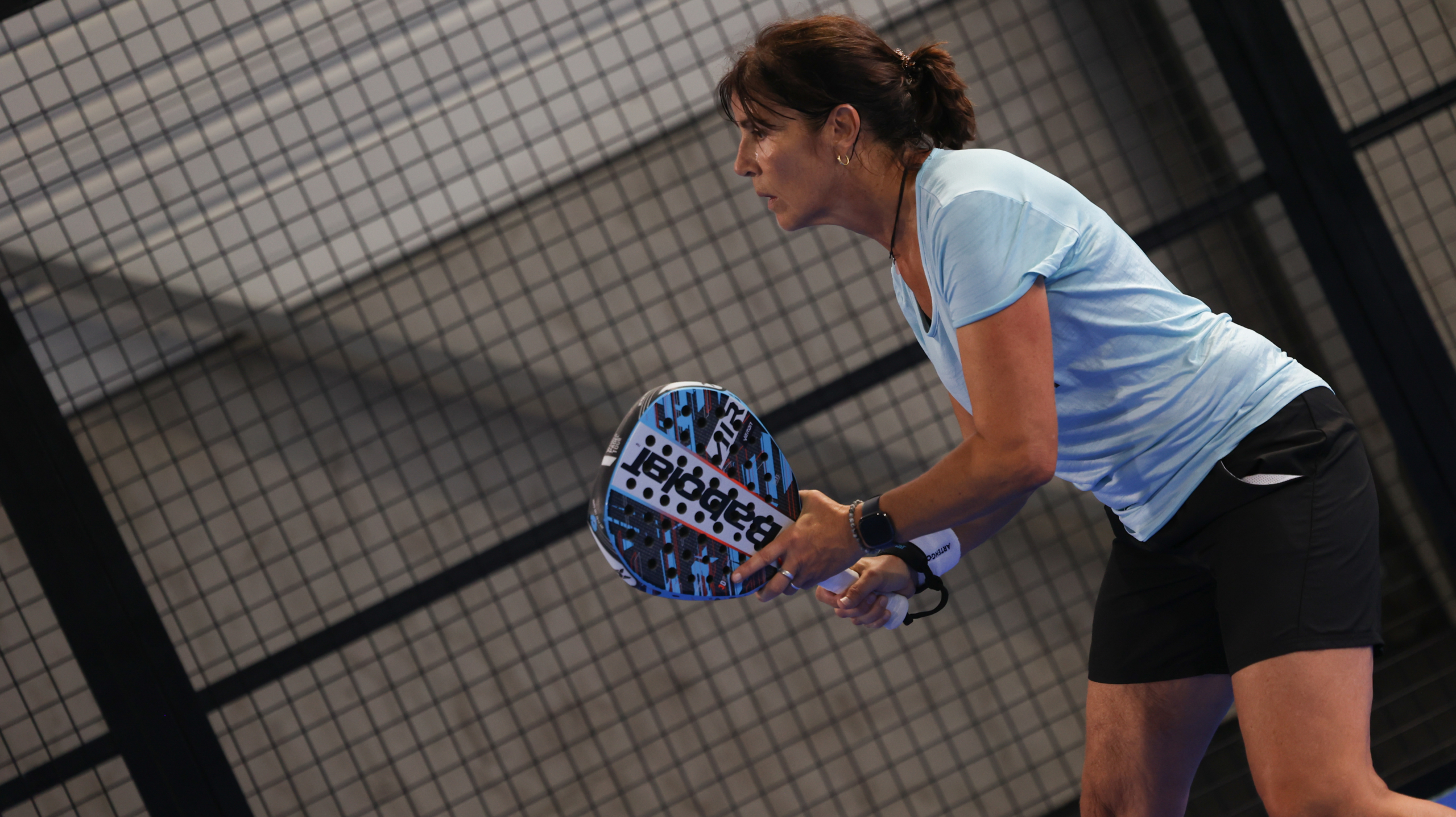
Choosing the Right Racket to Prevent Tennis Elbow
Tennis elbow, medically referred to as epicondylitis, is a common concern for enthusiasts of racket sports, including padel. However, one can significantly reduce the risk of developing or exacerbating tennis elbow by carefully choosing the appropriate racket that suits individual technique and physique. Let’s explore the key points to assist in preventing what is colloquially known as “padel elbow.”
Understanding Tennis Elbow and Seeking Professional Advice
It’s essential to understand tennis elbow and proactively seek advice from a healthcare professional if you experience any discomfort or pain during play. Ignoring such discomfort could potentially lead to lasting and severe damage to tendons, underscoring the importance of consulting a medical expert.
Using Newer Equipment for Reduced Vibration and Strain
An important aspect of preventing tennis elbow is to avoid using old equipment, including balls and rackets, as they can produce heightened vibrations and strain on the forearms. Opting for newer, appropriate balls and well-maintained rackets is crucial to minimize unnecessary stress on the joints.

Considering Level and Athleticism
Individual playing level and athleticism significantly influence the choice of a suitable racket. Advanced players have more flexibility in selecting rackets, whereas beginners and those with lower athletic abilities should focus on joint-friendly rackets to prevent potential strain.
Key Characteristics for a Joint-Friendly Racket
When selecting a joint-friendly racket, absorption, weight, and balance become key considerations. Rackets with soft foam excel in absorbing vibrations, and lighter rackets with a balance toward the grip reduce strain on the forearms. An ideal joint-friendly racket features a balance toward the grip, soft foam for vibration absorption, a generous sweet spot, and a lightweight design weighing 365 grams or less.
In summary, preventing tennis elbow requires a comprehensive approach involving the use of appropriate equipment, considering one’s playing level and athleticism, and selecting rackets that prioritize joint-friendly features. Adhering to these guidelines and seeking advice from healthcare professionals enables racket sports enthusiasts to enjoy their passion while safeguarding the health of their joints.



